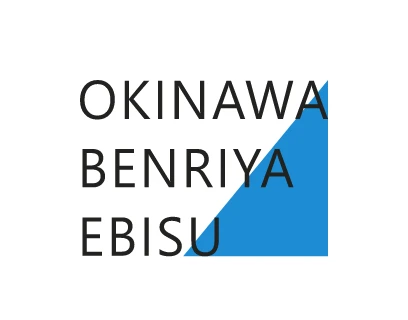
TOPIC
トピック
- ホーム
-
How to Set Up Payroll for Small Business

2022.06.29
How to Set Up Payroll for Small Business
You are required to calculate which federal and state taxes should be withheld from any pay, as well as any social security and Medicare deductions that need to be made. More importantly, knowing how to set up and manage payroll is fundamental to the success of any small business, even if you’re just starting out with a few employees. Payroll systems are put in place to manage everything from pay calculations for employees to tax deductions and generating accurate pay slips.
Compare providers
Most payroll providers charge a small monthly fee ranging from $20 to $100 per month plus a per-employee payroll fee―often less than $10 per employee per pay period. Many companies use payroll software as part of the management process. Because many of the calculations are automated, it lessens the chance of wages being miscalculated or employee payments not getting made.
OnPay Payroll Plans start at $40 per month (base) economic profit or loss definition and $6 per person per month. Gusto PayrollPlans start at $40 per month (base) and $6 per person per month. A good rule of thumb is to check your work at least two days before you run payroll. Give yourself more time if you have a long or complicated payroll.
Get 3 months free* when you sign up for payroll processing today.
QuickBooks Online Payroll works for small to midsize businesses—from accountants and financial experts to hospitality companies, construction companies, and truckers. Find everything you need from employee benefits to hiring and management tools. Set payroll to a schedule, so your team gets paid on time, every time. Money movement services are brought to you by Intuit Payments Inc. subject to eligibility criteria, credit and application approval.
How to Manage Payroll for Your Small Business
- Pay stubs include the business name and address, the employee’s name, address, Social Security number, gross income, withholding amounts, deductions and net pay.
- You first need to determine an employee’s gross pay or total earnings for the period before any deductions are made.
- Here are some of the most common periods that companies adopt.
- Find everything you need from employee benefits to hiring and management tools.
- For paper records, you can typically store them yourself or at a storage site.
- It is important to know that ignorance or honest mistakes are not justification for errors in taxes or withholding.
This guide is intended to be used as a starting point in analyzing an employer’s payroll obligations and is not a comprehensive resource of requirements. It offers practical information concerning the subject matter and is provided with the understanding that ADP is not rendering legal or tax advice or other professional services. Now that we better understand who you can turn to when running payroll, let’s cover an overview of the different items that need to be taken care of when it’s time to manage it all. In this overview, we’ll discuss some payroll basics,relevant federal and state taxes, and point you in the direction of other resources to help you tackle this topic. Paper checks can be used to draw money from the employer account for transfer to employees, although this is generally a slow and inefficient method of payment. A manual payroll system is cheaper than hiring a service provider to do the work for you.
To establish what kind of system you need, think about the size of your business and how many employees you have. It takes attention to details with requirements that you can’t make mistakes on. While it is possible to process payroll manually, you are likely better off paying a small fee to have a payroll provider do all the work for you. Employees must be sent a Form W-2 by January 31 of the year following their paid wages. This form lists the employer’s information, the employee’s information and tallies total earnings, taxes and deductions made in the year. While employee information is typically collected during the onboarding process, employees also need to let you know when their information changes.
In this case, it’s the bookkeeper, not the business owner, who calculates employee time and payroll taxes and updates payroll records. Do-it-yourself payroll software looks different from product to product, but noteworthy features generally include direct deposit, digital payroll records, and integration capabilities. If you’re tracking time electronically, you may be able to connect that software to your payroll, eliminating the need to transcribe employee time cards. Once you’ve officially offered them the job, your new employee will need to provide you with payroll-related documentation. You’ll also need information from them related to employee health insurance and retirement savings if applicable. If you plan to offer direct deposit, collect your employee’s banking information as well.







